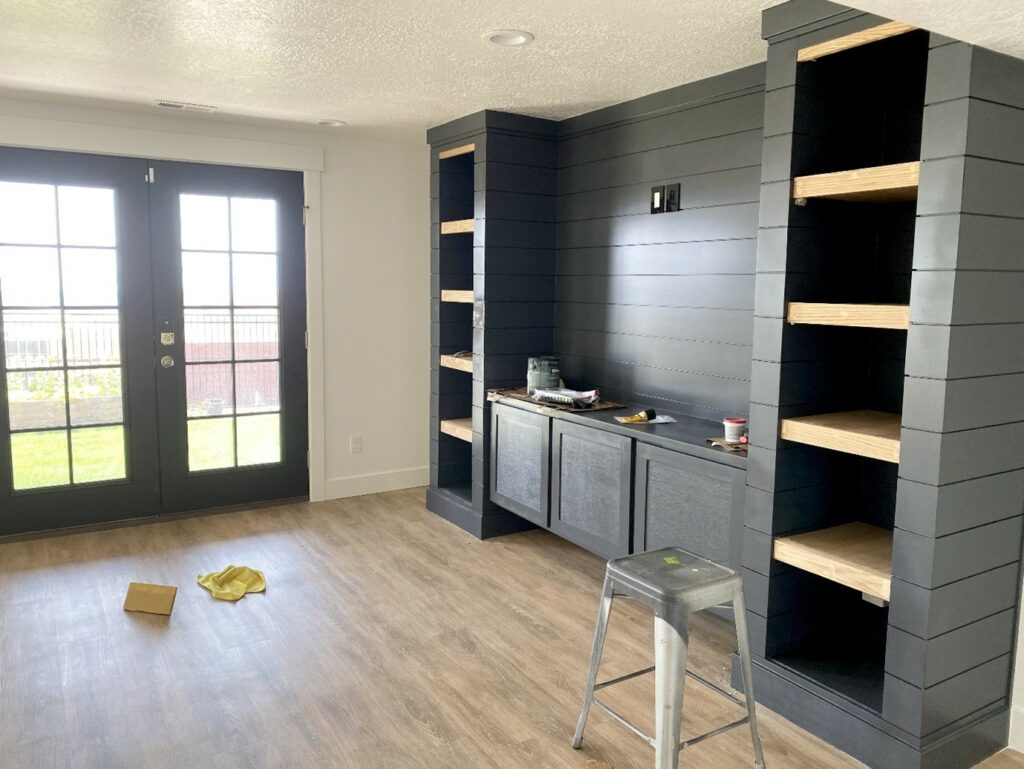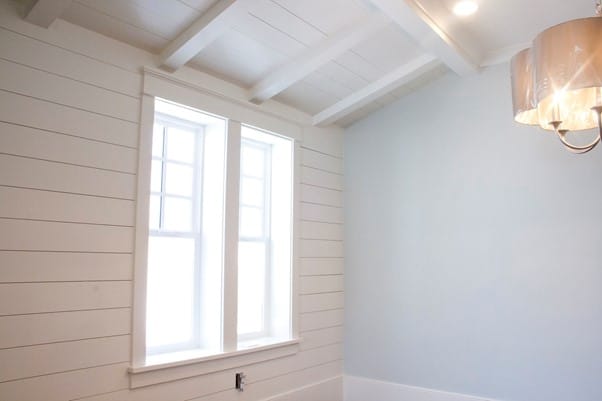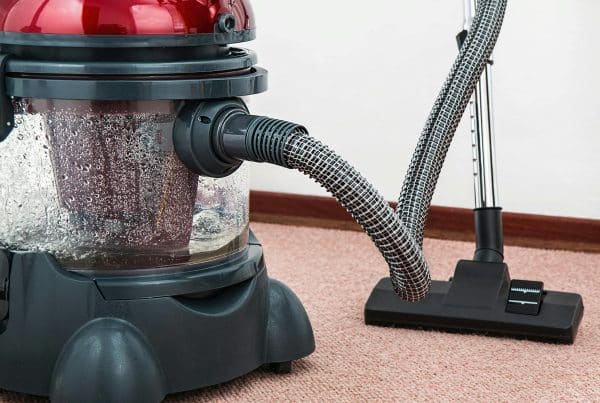Shiplap, which is also known as tongue and groove boards or clapboard, has been a popular material for rustic interior design for decades.
It’s used in many homes to create an old-fashioned look that helps evoke the nostalgia of days gone by. If you want to install shiplap over drywall, then you need to know what kind of wall surface it will be covering first.
Let’s take a closer look at this topic so you can decide if shiplap installation is right for your home!
A lot of people have found Shiplap boards to be aesthetically pleasing because they get a more rustic and old-fashioned look. If you’re looking for something with visual interest, then this is the perfect option!
If you want to create an old-fashioned farmhouse look in your home, then shiplap is what you need.
Does Shiplap Go over Drywall?
Shiplap is often used to cover drywall. It’s popular because of how it can create a more rustic or farmhouse look. There are some things to consider when installing shiplap over drywall so that you won’t run into any problems down the line.
If you want to install shiplap over drywall, then the first step is knowing what kind of wall surface it will be covering. Drywall is a common material for interior walls because it’s lightweight and easy to work with.
The downside though, is that many people don’t like how bland or unfinished looking drywall can look. Shiplap can help fix that problem because it adds texture and visual interest to the wall.
Installing Shiplap Over Drywall
- The wall surface needs to be prepared before shiplap boards are installed. The best way to prep drywall is by adding a layer of joint compound and then sanding it down so that there’s no bumps or ridges. This will help with the installation process because you won’t have any bumps in the seams of your shiplap.
- Once the drywall is prepped, you can install shiplap boards. The first step in this process is to attach a row of backerboard for support and then screwing it into place with long screws so that there won’t be any movement when installing the cladding or before sealing up seams later. Next, use a bevelled edge on the boards to help with installation.
- Start by installing a row of shiplap, then use clamps and screws to secure it into place. Be sure not to over tighten these so that you don’t cause any cracks in your drywall! Once it’s secured, set the next board up right against the first and then use clamps and screws to install it. You’ll need a space between boards of about one inch so that you can seal up the seams later with silicone caulk or shiplap seam compound.
- Once all the rows are installed, fill in any gaps around windows, doors, corners etc…and then cut off excess board with a saw.
- The final step in this process is sealing up the seams with caulk or shiplap seam compound to prevent water from seeping into your wall. This will ensure that you don’t have any issues over time!
How Do I Install Shiplap Without Drywall?

Shiplap is a popular material for interior design because of how it looks and because of the texture and visual interest it adds to a room.
If you’re interested in using shiplap boards, but don’t want to use drywall as a covering, then there are different options available!
For instance, you can install clapboards or other boards that will provide the same look as shiplap over your existing walls.
You can also install shiplap over your existing panelling or other wall surfaces.
What Are the Benefits of Installing Shiplap Boards?
- You’ll get a more rustic and old-fashioned look that many people find aesthetically pleasing.
- Shiplap has texture to it, so if you want something with visual interest then this is a great option!
- If you’re looking to create an old-fashioned farmhouse look, then shiplap is the perfect material for the job.
What Are Some Disadvantages of Installing Shiplap Boards?
- Drywall is not a good surface for shiplap installation if you want your new look to last. The material doesn’t provide any type of backing or sturdiness, which means nails will likely pop out over time especially if shiplap boards are installed on the second floor of a home.
- Shiplap won’t be able to cover large holes in drywall without additional support. For instance, if there’s a large hole in the wall, then you’ll need to add a layer of plywood or other boards before installing shiplap over it.
- You won’t be able to install Shiplap over metal framing without adding additional support first because nails can cause wood splitting and breakage.
What Are Some Tips for Installing Shiplap Boards?
- Shiplap will generally require less preparation than drywall, which is a bonus for those who don’t mind doing some work. However, it does require that you cover large holes in the drywall with plywood or additional boards before applying shiplap to them.
- The best way to do this is by taking a layer of joint compound and sand it down before installing your board – this will ensure no bumps in the seams of your shiplap boards.
- Bevelling each board before installation will also help with installation and help eliminate any seams that are too tight during installation.
- Don’t over tighten clamps, screws, or other things while installing your shiplap boards because this can produce cracks in the drywall.
- To ensure that your shiplap boards don’t shift when installing them, drill pilot holes and screw in long screws into each board before securing it with clamps or other things. This will also prevent any cracks from appearing in the drywall over time!
Other Options
If you want to install Shiplap boards, but don’t want to use Drywall as a covering, then there are a few different options available. For instance, you can install Clapboards or other boards that will provide the same look as shiplap over your existing walls. You can also install Shiplap over your existing panelling or other wall surfaces.
Frequently Asked Questions
Is It Cheaper to Drywall or Shiplap?
I would recommend drywall because it’s more cost effective. However, if you are looking for a rustic and old-fashioned look that many people find aesthetically pleasing then shiplap boards could work for you.
How Do You Hide Seams in Shiplap?
To install Shiplap, you start with the board on the ground and then work up. To hide seams, bevel boards by placing them at a 45-degree angle to one another before nailing in place.
Is Shiplap Hard to Install?
Some people find it challenging to install shiplap, but with a little time and patience you can find this project doable!
How Much Does It Cost to Install Shiplap?
This is a question about which there are many opinions, so for right now I would say that the range would be somewhere in the $250-$450 ballpark.
Conclusion
Shiplap is a popular style for residential and commercial properties. The look of the shiplap can be achieved over drywall, but it requires some extra materials to properly install.
Have you been wondering about how to go about installing your own?
To find out more information on this or any other questions that you might have feel free to comment down below.








